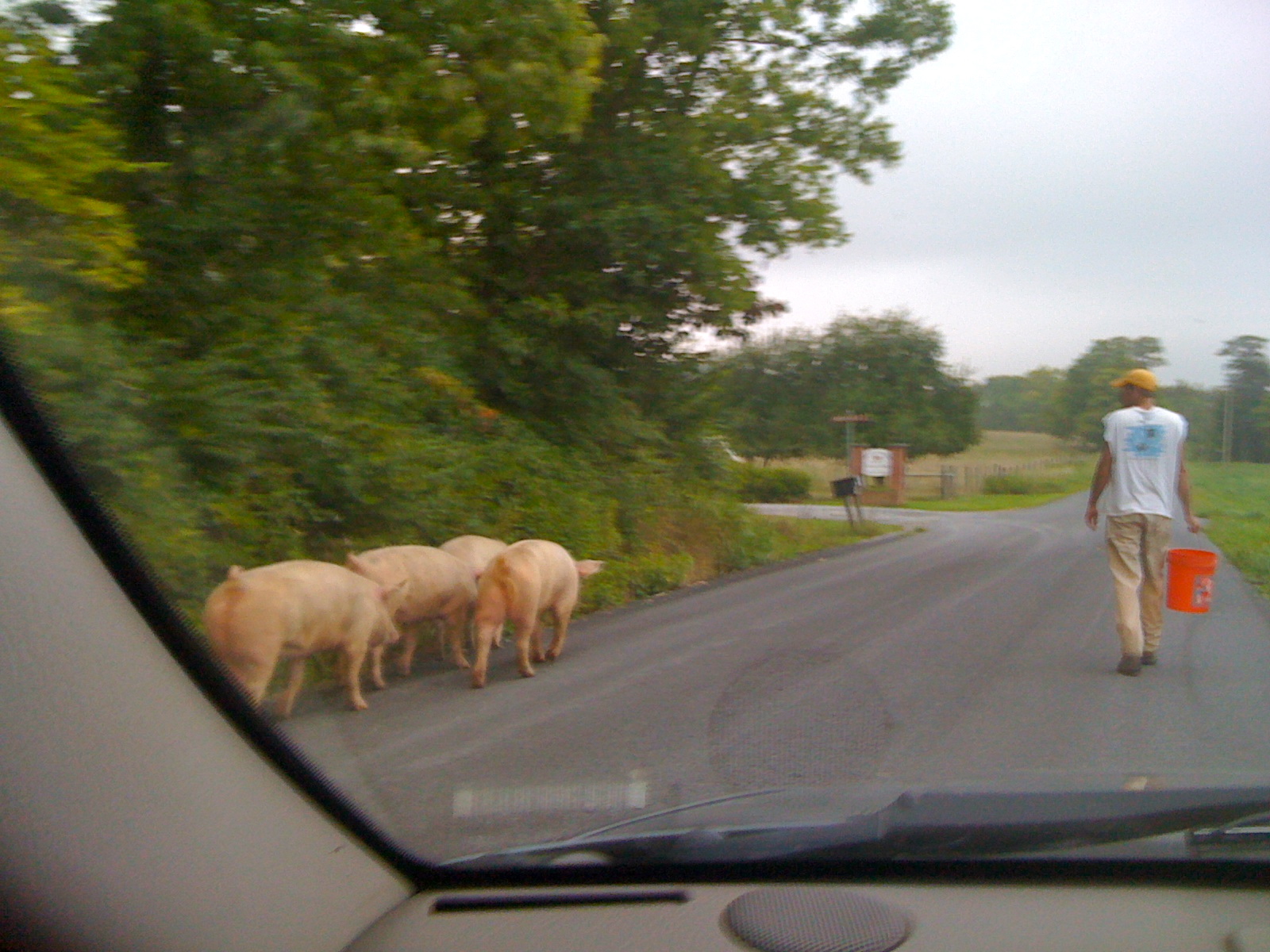Fifteen years ago, when I was a bright-eyed free range farmer, I loved getting this kind of call:
“Hello, this is Chef Smith from Restaurant Brioche. Our restaurant is planning to be 100% local and farm-sourced. We’d love to have your food on our menu.”
My pulse would quicken. A chef? Calling me? The thought was almost unimaginable. Our family farm, on the brink of bankruptcy, needed customers and needed them fast. Decades of selling corn, apples and cattle on the commodity market had nearly sunk our operation. Now that we had transitioned to an organic, free-range model, chefs were starting to notice.
“Absolutely,” I replied. “What do you have in mind?”
“I’d like to feature beef tenderloins,” he said. In the background, I could hear pots clinking, and food orders shouted above the din of kitchen noises. “We’ll need fifty pounds a week.”
My heart sank. Not because I didn’t desperately want the business. But because —for several very practical reasons— this type of order would be impossible for our farm to accommodate.
“Well… as I’m sure you understand, it takes almost two years to raise a steer on grass. Even though we butcher over a hundred steers per year, we only get about 20 pounds of tenderloin each time. So, at that rate…”
Before I could finish this thought process, the chef cut in. “What’s your wholesale price per pound?”
“It’s ten dollars a pound, but like I was saying…”
“Ten dollars?! We’re getting tenderloins off the truck right now for $4.50. I mean, they’re not grass-fed, but still… that’s more than twice as much.”

Our price board at farmers market. How do farmers walk a successful line between retail and wholesale pricing?
The conversation was heading downhill fast. “I understand. But when we process a steer, almost 40% of it comes back as ground beef, and only about 4% is tenderloin. So we have to price it accordingly…”
On the other end of the line, silence. I could already tell that I had lost him. “Let me think about it,” he said at last. “I’ll get back to you.”
As you can probably guess, he never did. Over the years, I experienced hundreds of phone calls like this, nearly all of them asking for quantities or pricing that our farm couldn’t provide. Now, fast forward to 2012, three weeks ago. I opened my inbox to this message (names changed for anonymity):
“My name is Chef Jones, from Pomme-De-Terre Bistro. I’d like to order a free-range hog from you. I have a special event next Friday. Last year I got a two hundred pounder from Happy Skippy Farm, but they’re no longer in business. I’ll need it delivered on Thursday. What’s your price?”
Allow me to share my thoughts after reading this e-mail:
● Although it’s an understandable assumption on the chef’s part, our farm isn’t set up to deliver hog carcasses. Have you ever carried a two hundred pound carcass on your back down 18th Street in Washington D.C.? Let me tell you… you’ll get some double takes. Hauling massive animal cadavers around the city is an enterprise unto itself.
● Our farm schedules butchering appointments months in advance. My butcher, the owner of a 3rd generation family shop, is a very, very busy man, and can’t accommodate orders without prior scheduling. Even if I wanted to fill this order, I’d need more notice than one week.
● So what happened to Happy Skippy Farm? (I was going to call it “Fuzzy Feelings Farm,” but it seemed too flamboyantly fictitious). Why aren’t they still in business? I have no way of knowing, but I have a hunch that they were chasing an unsustainable business model, i.e., wholesaling hog carcasses in downtown D.C.
● Finally, what’s a fair price for a two hundred pound dressed hog, anyway? This year, commodity prices (the price for hogs raised on confinement farms) averaged eighty two cents a pound. My cost for raising a free-range pig is very close to this number, so to add profit, I would charge a dollar per pound. Of course, I would need to drive the hog to the butcher, pay for the butchering fees, make a return trip to pick up the carcass, then deliver it to the city (all told, about 400 miles of driving). At farmers market, we’ll net about $3.50 per pound for a whole hog. So what’s the appropriate price tag, an agreeable middle ground for both producer and chef?

Our pigs are REALLY free-range... and sometimes they even get out on the public roads! This is me, leading them back home with a bucket of grain.
If my reaction to the e-mail sounds jaded, or too analytical, or (god forbid) snarky, then please don’t take this the wrong way. My mission must be the same as the restaurant’s: to stay in business, and operate profitably. ‘Know thyself,’ is a cardinal rule. For us, this has meant selling at farmers markets, and avoiding the restaurant scene almost entirely.
A wise farmer, who worked many years as a sous chef at a famous restaurant, once told me: “Restaurants want a Grade A product, but only want to pay a Grade B price.” While this is certainly a generalization, I can’t deny that on average this has been my experience as well. After fifteen years of farming, I have serviced roughly two dozen restaurants, but turned away several hundred. Even though I was willing to offer wholesale pricing, most chefs didn’t understand what I had to charge to make this complex relationship work.
The optimist in me very much wants to see this model succeed. In theory, it’s great for farmers and chefs, as well as the public. I’m as happy as anyone to sit down at a restaurant and order a local salad from a small, organic farm. But to be honest, I don’t understand how these farms are growing this food at a wholesale price while covering their operating expenses. For our farm at least, it’s just not the right economic fit.










Leave a Reply